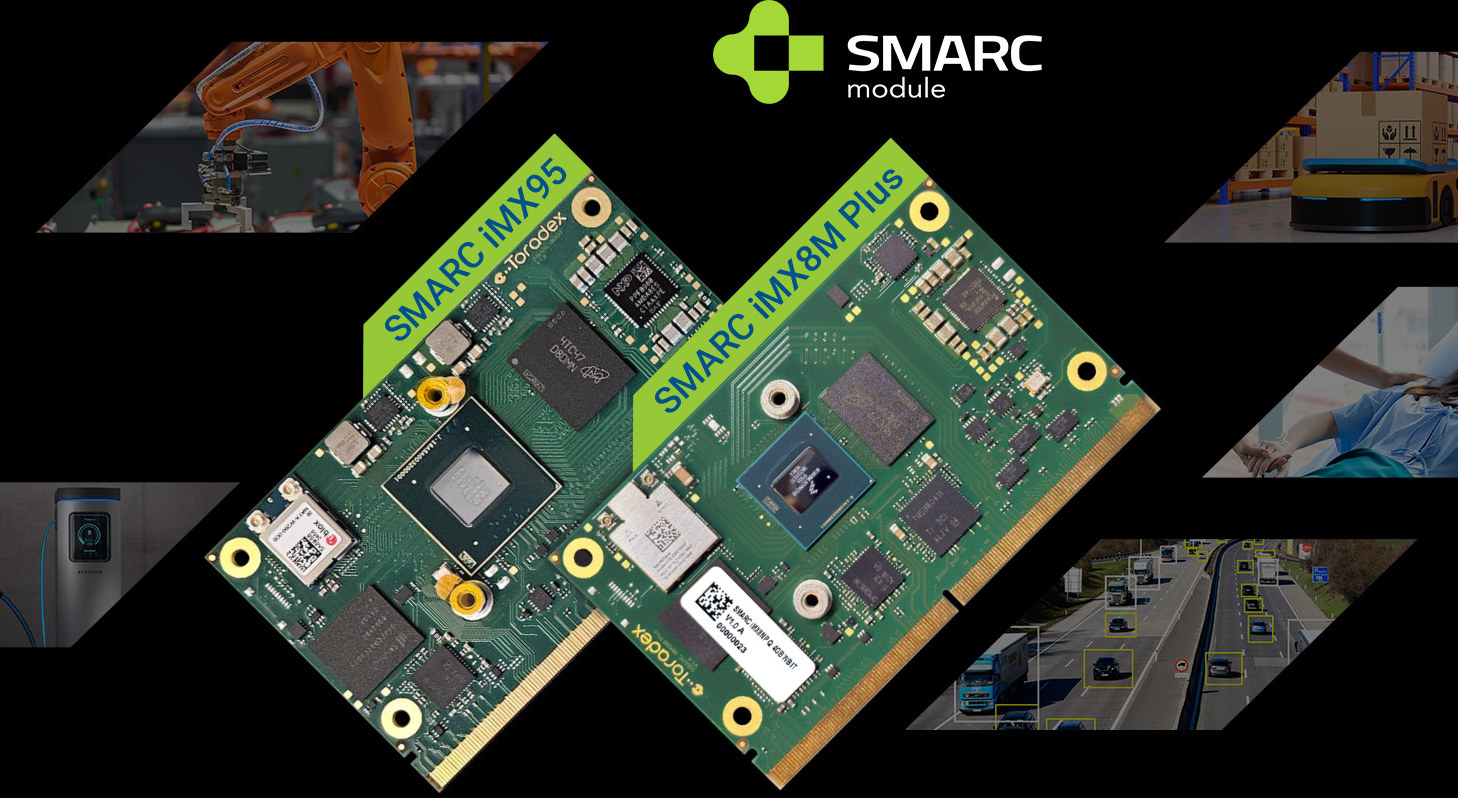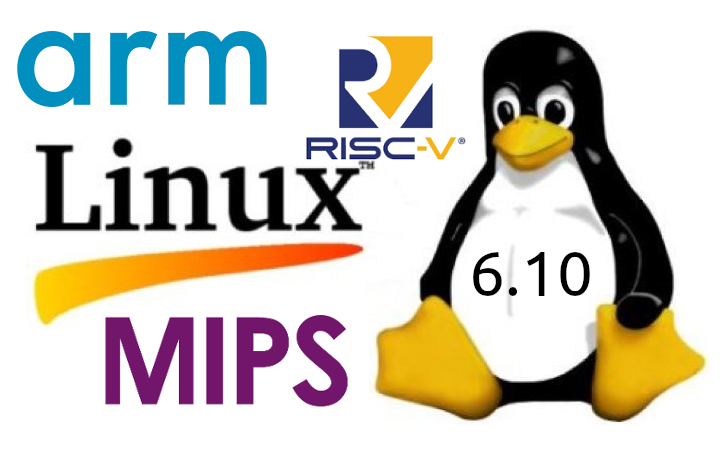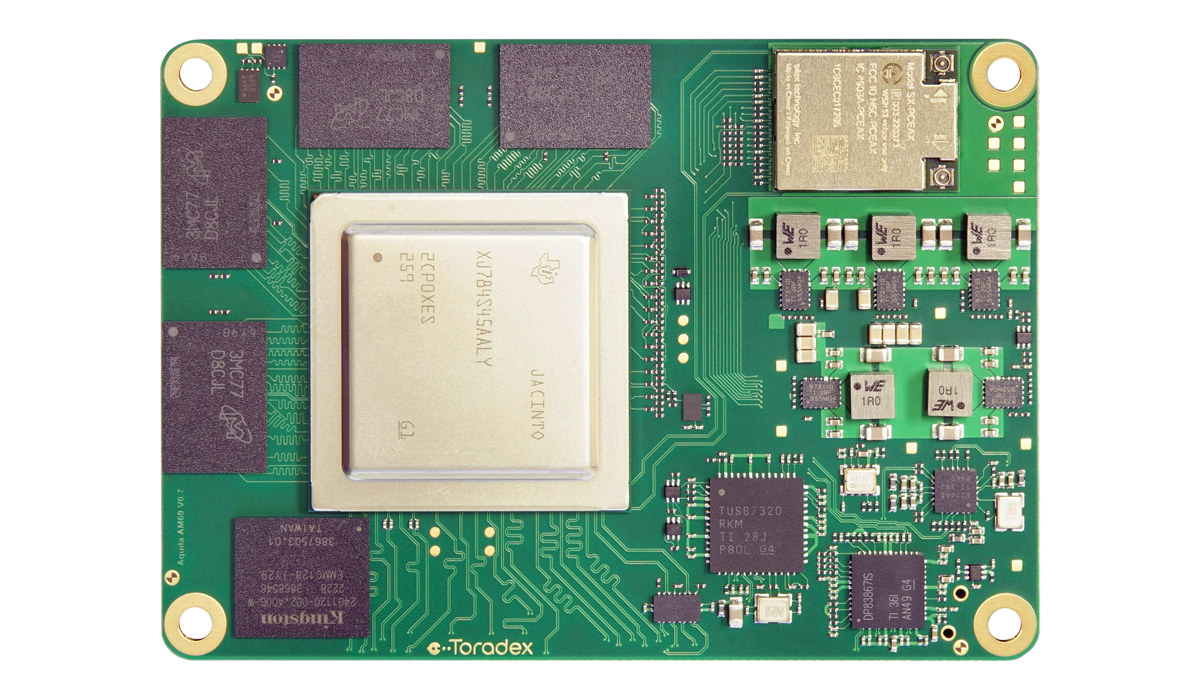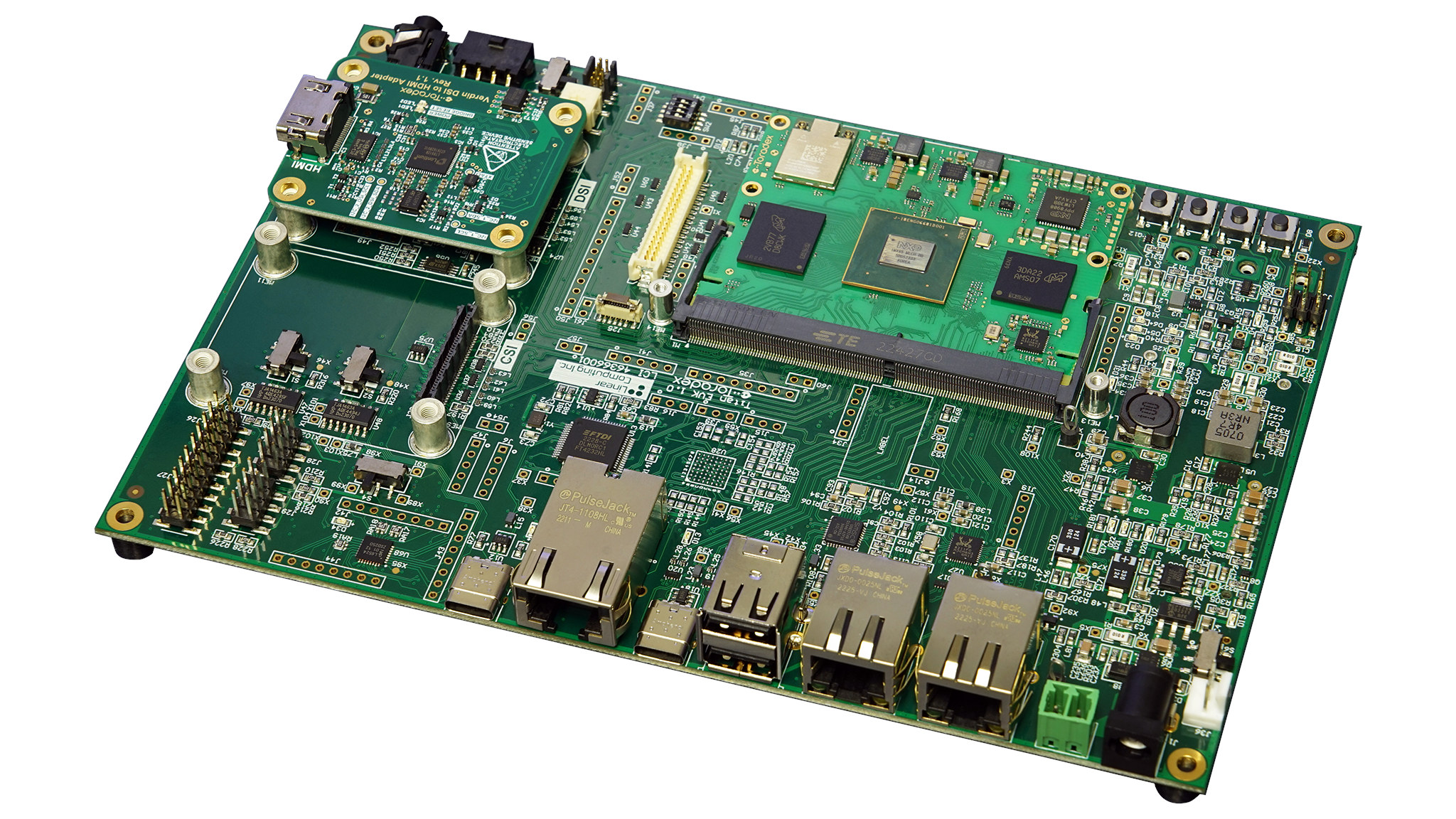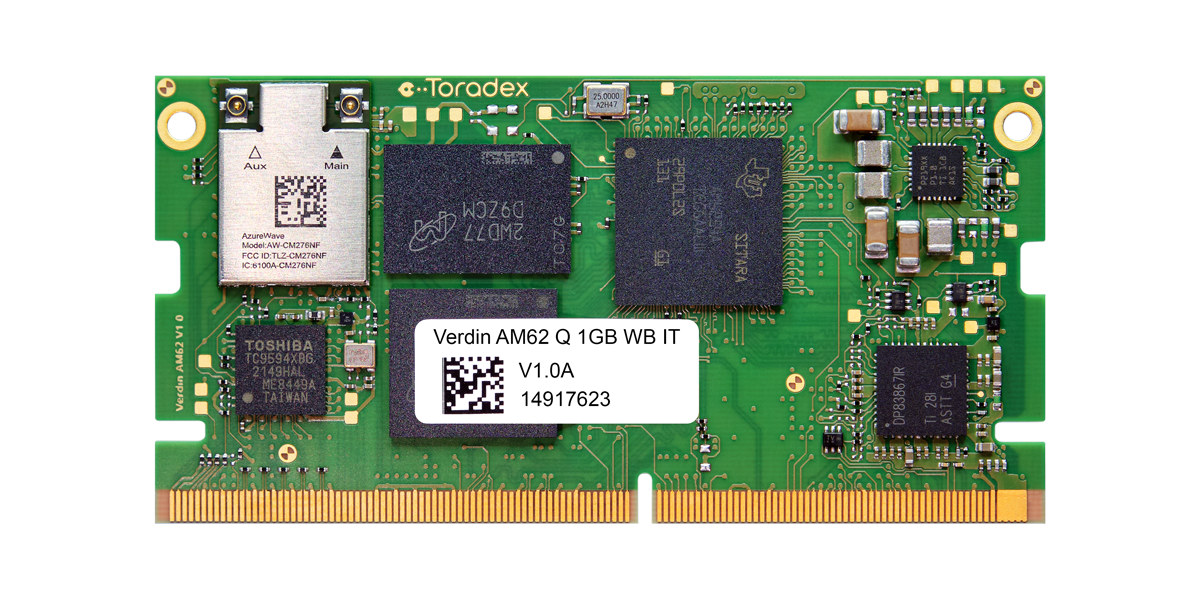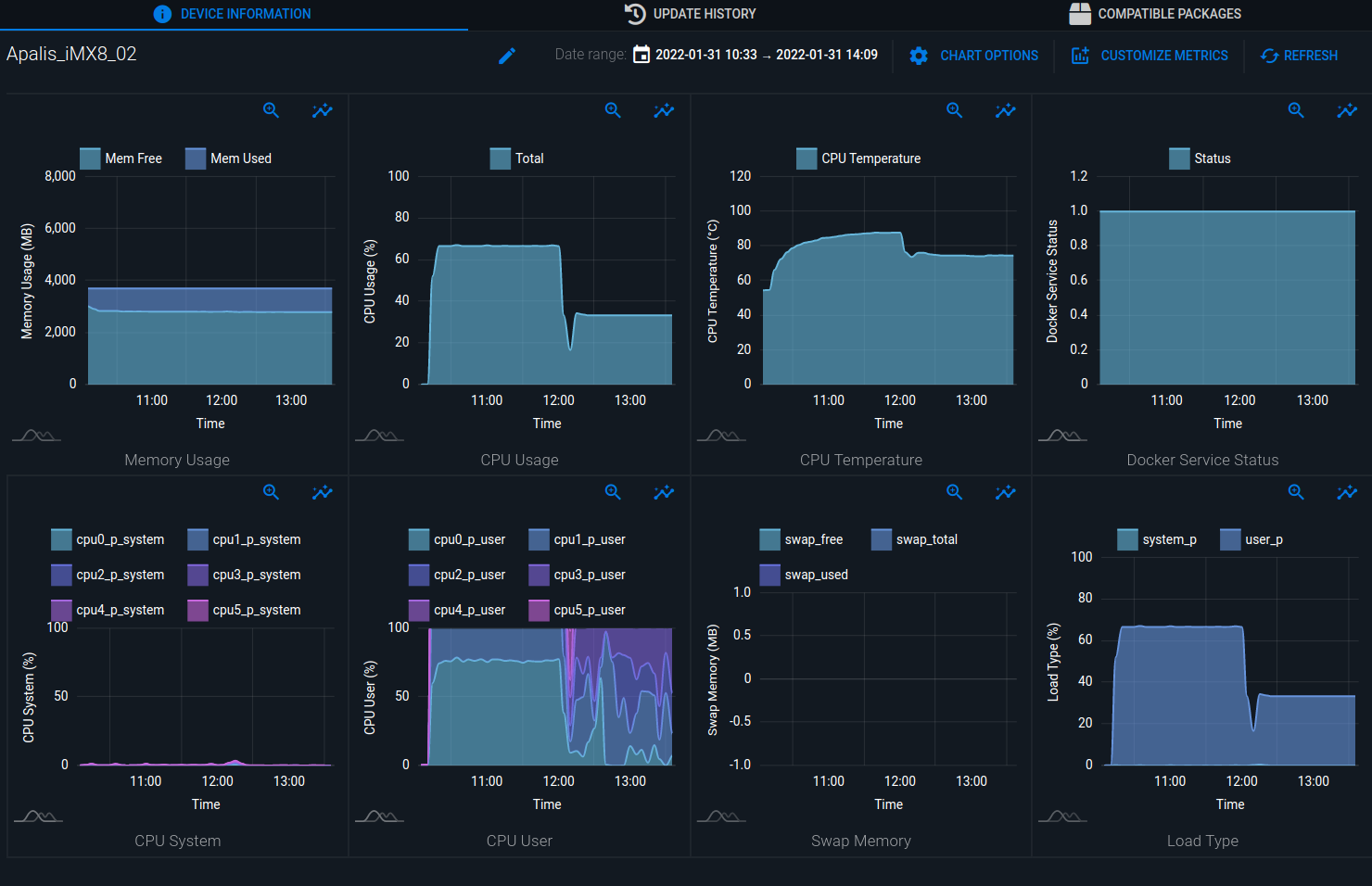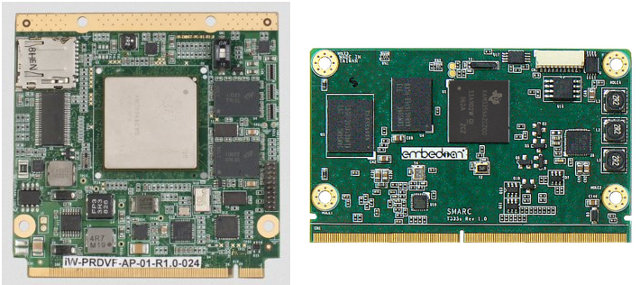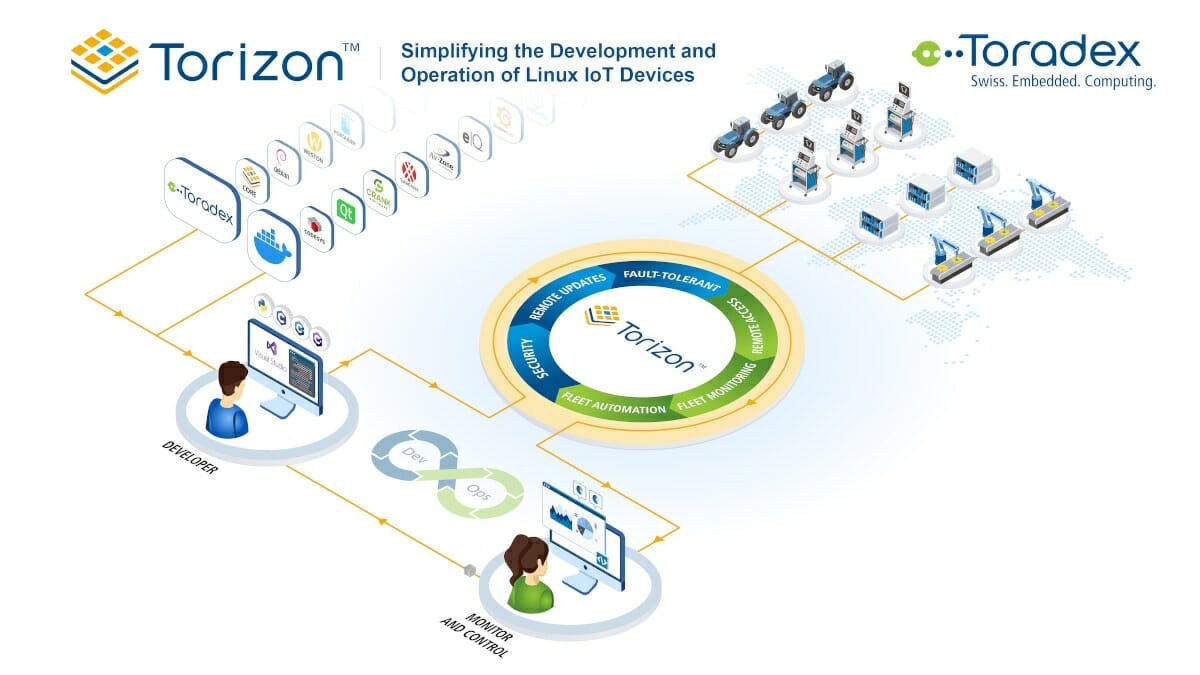Toradex has introduced its first SMARC-compliant system-on-modules (SoMs) with the SMARC iMX8M Plus and SMARC iMX95 SoMs based on NXP i.MX 8M Plus and NXP i.MX 95 SoC respectively. The company has made proprietary system-on-modules for years with the Colibri, Apalis, Aquila, and Verdin families. Those typically are cost-optimized and use most or all I/Os from the selected SoC, but customers are tied to one supplier: Toradex. To offer more flexibility, the company decided to introduce its first standardized system-on-modules by selecting the SMARC 2.2 standard for compatibility with existing SMARC-compliant carrier boards and adding the Swiss company as an alternative supplier. Highlights of the SMARC iMX8M Plus module: SoC – NXP i.MX 8M Plus CPU Quad-core ARM Cortex-A53 application processor @ 1.6 GHz Arm Cortex-M7 real-time core @ 800 MHz GPU – Vivante GC380 2D GPU and GC7000UL 3D GPU VPU – 1080p60 video decoder & encoder AI accelerator […]
Linux 6.10 Release – Notable changes, Arm, RISC-V, and MIPS architectures
Linux Torvalds has announced the release of Linux 6.10 on LKML: So the final week was perhaps not quote as quiet as the preceding ones, which I don’t love – but it also wasn’t noisy enough to warrant an extra rc. And much of the noise this last week was bcachefs again (with netfs a close second), so it was all pretty compartmentalized. In fact, about a third of the patch for the last week was filesystem-related (there were also some btrfs latency fixes and other noise), which is unusual, but none of it looks particularly scary. Another third was drivers, and the rest is “random”. Anyway, this obviously means that the merge window for 6.11 opens up tomorrow. Let’s see how that goes, with much of Europe probably making ready for summer vacation. And the shortlog below is – as always – just the last week, not some kind […]
Toradex Aquila AM69 SoM features TI AM69A octa-core Cortex-A72 AI SoC, rugged 400 pin board-to-board connector
Toradex Aquila AM69 is the first system-on-module (SoM) from the company’s Aquila family with a small form factor and a rugged ~400-pin board-to-board connector targetting demanding edge AI applications in medical, industrial, and robotics fields with Arm platforms that deliver x86 level of performance at low power. The Aquila AM69 SoM is powered by a Texas Instruments AM69A octa-core Arm Cortex-A72 SoC with four accelerators delivering 32 TOPS of AI performance, up to 32GB LPDDR4, 128GB eMMC flash, built-in WiFi 6E and Bluetooth 5.3 module, and a board-to-board connector for display, camera, and audio interfaces, as well as dual gigabit Ethernet, multiple PCIe Gen3 and SerDes interfaces. All that in a form factor that’s only slightly bigger (86x60mm) than a business card or a Raspberry Pi 5. Toradex Aquila AM69 specifications: SoC – Texas Instruments AM69A Application processor – Up to 8x Arm Cortex-A72 cores at up to 2.0 GHz […]
Toradex Titan Evaluation Kit features NXP i.MX 95 AI processor for IoT, industrial, and automotive applications
[Update September 12, 2024: The NXP i.MX 95 Titan Evaluation Kit (EVK) has been renamed to the “i.MX 95 Verdin Evaluation Kit”] Toradex Titan Evaluation Kit features the NXP i.MX 95 Cortex-A55/M33/M7 heterogenous AI processor introduced at the beginning of the year with an NXP eIQ Neutron Neural Network Accelerator (NPU) for automotive, industrial, and IoT applications. The design is comprised of a carrier board and a SO-DIMM system-on-module with the NXP i.MX 95 SoC, up to 16GB LPPDR5 memory, up to 128GB eMMC flash storage, a WiFi 5 and Bluetooth 5.0 wireless module, a gigabit Ethernet controller, a PMIC, and a few other components. The carrier board also comes with 10GbE and Gigabit Ethernet ports, HDMI video output, a few USB ports, and various expansion connectors and headers. Toradex Titan evaluation kit specifications: SoC – NXP i.MX 95 with Up to 6x Arm Cortex-A55 application cores clocked at 2.0 […]
Toradex Verdin AM62 – An entry-level Sitara AM623/AM625 SoM for Industry 4.0, Smart Cities, Healthcare…
Toradex Verdin AM62 is a system-on-module based on Texas Instruments AM62 Cortex-A53/M4 processor with up to 1GB LPDDR4 RAM and 8GB eMMC flash that is the most affordable system-on-module from the company’s Verdin family. The module also comes with a Gigabit Ethernet PHY and an optional WiFi 5 and Bluetooth 5 module and exposes various interfaces through its edge connector such as dual Gigabit Ethernet, MIPI DSI and LVDS display interfaces, a MIPi CSI-2 camera interface, and CAN FD, and more. Toradex Verdin AM62 specifications: SoC – Texas Instruments Sitara AM623/AM625 with up to 4x Arm Cortex-A53 cores @ 1.4GHz, 1x Arm Cortex-M4F @ 400MHz, optional 3D GPU with support for OpenGL 3.x/2.0/1.1 + extensions, Vulkan 1.2 (AM625 only) System Memory – Up to 1GB LPDDR4 (16-bit) Storage – Up to 8GB eMMC flash Networking Texas Instruments DP83867IRRGZR industrial-grade Gigabit Ethernet PHY Optional Wi-Fi 5 and Bluetooth 5 module (AzureWave […]
IoT device monitoring as a product reliability improvement tool
CNXSoft: This is a guest post by Renato Kiss, Product Manager – Software at Toradex, explaining how IoT device monitoring can be used with open-source software tools like Fluent Bit to improve product reliability, using temperature monitoring as an example. It is impossible to dissociate connected devices from modern life. They are present in homes, offices, industries – basically, in every business, connected devices play vital roles. In a market estimated at 24.1 billion devices and with a revenue of more than USD 1.5 trillion by 2030, IoT will grow based on both consumer and business applications. Hardware will account for about one-third of this value with the majority being distributed in services, including the connectivity for the system. As part of this growth, more services will be added to IoT business and some specialists estimate the economic potential, including IoT products and services, can unlock at least USD 5.5 […]
Overview and List of System-on-Module and Computer-on-Module Standards – Q7, SMARC, COM HPC, and More
A System-on-Module (SoM), also known as a Computer-on-Module (CoM), is a small board with the key components of a computer such as SoC, memory, and possibly others components such as PMIC (Power Management IC), an Ethernet PHY, as well as one or more connectors used to connect to a baseboard, also called carrier board, which features standard ports such as Ethernet (RJ45), USB ports, SATA, power jack and so on. The advantages of using of baseboard + SoM design compared to a single board are at least twofold: Most of the PCB design complexity is often around the CPU/SoC and high-speed buses connected to the CPU/SoC. So you could buy an SoM, design your own baseboard and get a complete design relatively in a short amount of time, with reduced development resources and costs. The design is modular, so you could easily upgrade from one SoM to another one. For […]
Toradex extends Torizon to Development and Operation (DevOps) Platform for IoT Linux Devices (Sponsored)
Toradex is extending its Torizon to a full IoT Development and Operations (DevOps) Platform for Linux Devices, including free hosted remote updates, device monitoring, and fleet management solution. Torizon enables modern, iterative product development by seamlessly integrating hardware, a Linux OS, development tools, remote updates, and fleet operations. Thereby creating a scalable solution for devices requiring high reliability and security. In a paper from May 2021, Forrester Consulting finds that Traditional embedded development practices are insufficient when building smarter, digital products and that 79% of decision-makers say challenges with smart product development and delivery negatively impact their firms in delivering digital products. Torizon brings state-of-the-art product development principles to demanding applications in industries such as Industrial Automation, Healthcare, Smart City, and Transportation. Torizon allows for faster shipping of products, continuous improvements in customers’ user experience, bug fixes, and patching of security vulnerabilities in a secure and robust way. Software Developers […]


